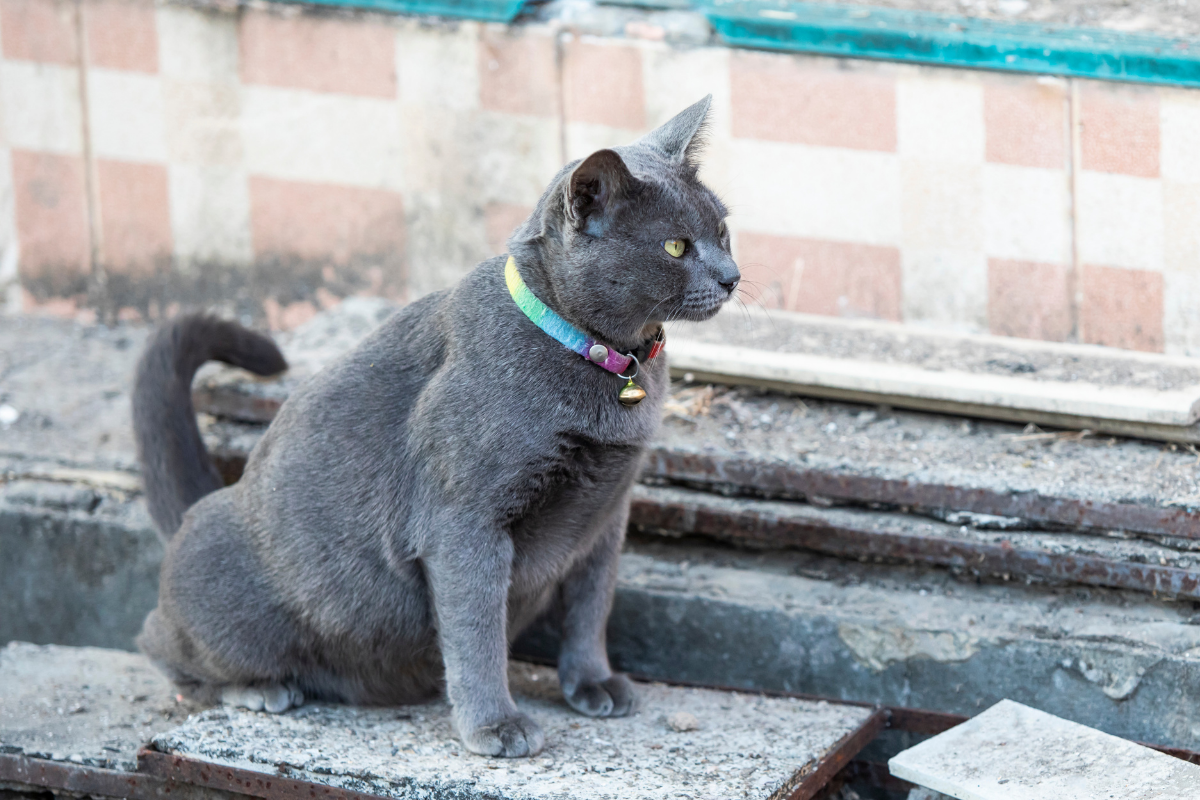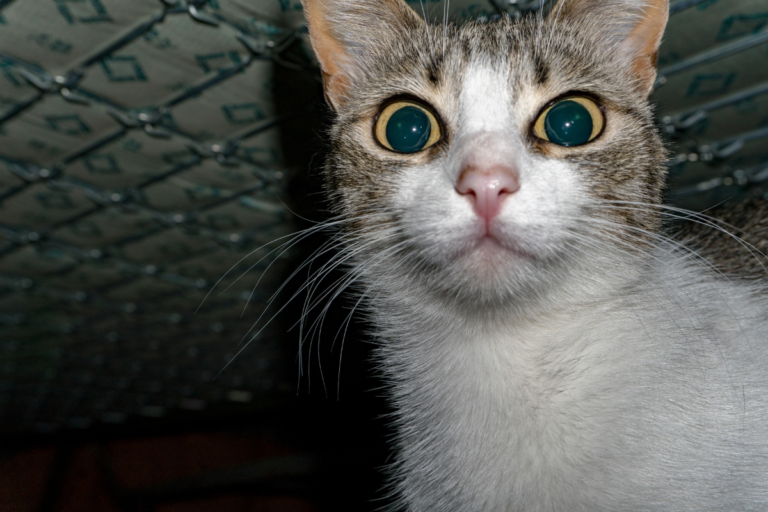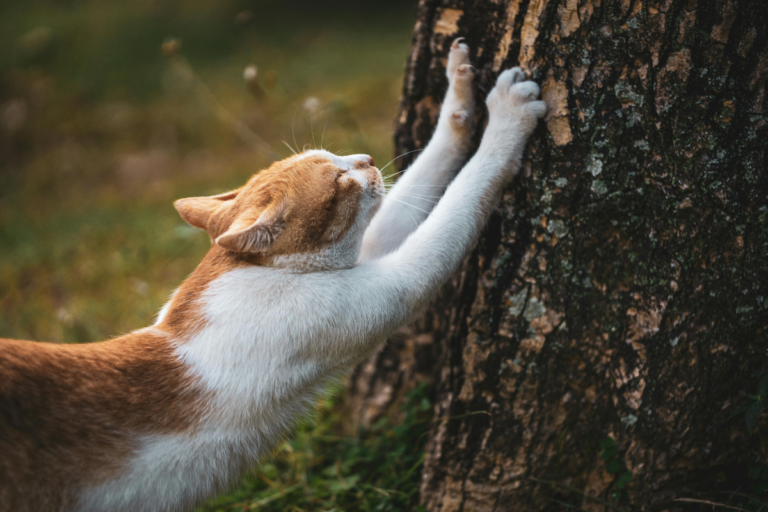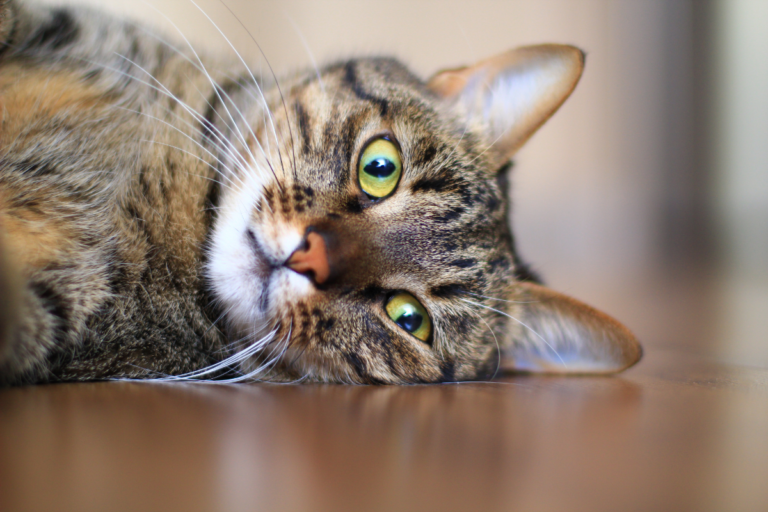Male Cat Spraying No More: My Transformational Experience
Understanding Male Cat Spraying
Dealing with male cat spraying can feel like trying to solve a riddle, but knowing what causes it and how neutering fits into the puzzle can save the day.
Causes of Spraying
Spraying’s just how cats communicate and claim their ground. It’s their way of texting other cats or stamping a territory card. This usually includes a quick spray of pee on something like a wall, tree, or even your fence—definitely makes the mailbox look gnarly (Best Friends Animal Society).
The main reasons for this “pee parade” are:
- Territorial Marking: Cats, by nature, are like the kings of their castle. The need to mark their turf is stronger, especially if they’ve got feline roommates.
- Stress and Anxiety: Changes like a new pet or having to: stage left for a big move can make them nervous enough to act out with spraying.
- Social Factors: Other cats, whether they’re chillin’ indoors or lurking outside, can push a cat to spray to show who’s boss.
Getting the 411 on why it’s happening is a big win. Want more on how these social factors play a part? Check out our cat aggression article.
Impact of Neutering
Snip, snip, hooray! Neutering tends to work wonders when it comes to stopping male cats from spraying. It decreases those hormones that say, “This is my property!” and makes them less likely to spray. Still, some might keep at it—around 10% of neutered males can’t kick the habit.
| Cat Status | Percentage Still Spraying |
|---|---|
| Neutered Males | 10% |
| Spayed Females | 5% |
| Intact Males | Much More Likely |
Even with neutering, if your cat’s still decorating your furniture with pee-pee, other stuff might be causing it like habits or health concerns. So, tackling these with some environment tweaks is the way to go. Get more deets in our cats behavior section.
From what I’ve seen with my furball, neutering was the real MVP. But, dealing with stress and cat politics also helped nip the problem in the bud. If spraying is still a mystery, better hit up the vet to rule out any health stuff (VIN).
For more on taming the wild world of kitty habits, check out our pages on cat meowing at night and cat yowling.
Managing Male Cat Spraying
Dealing with a male cat that sprays can feel like a never-ending saga, but hang in there! With a few smart moves, you can cut down on the spray show. Here’s what worked for me, focusing on litter box magic and a more entertaining setup.
Litter Box Solutions
Keeping the litter box shipshape was a game-changer in helping my cat kick the spraying habit. Here’s what I figured out:
- Keep it Sparkling: I got into the groove of scooping the litter box daily. My cat had a clean, welcoming place to do his business, which stopped him from marking his territory elsewhere.
- Right Size, Right Place: The boxes were big enough for my cat to move and groove. I tucked them in quiet spots, far from his chow and water bowls, just like the folks at Best Friends Animal Society suggested.
- More Boxes: Got more than one furball? You’ll need an extra box for each. In my house, it was one box per cat, plus an extra just in case.
| What’s Happening | How Often | Where It Happens |
|---|---|---|
| Scooping Action | Daily | Quiet Corners |
| Box Size Check | Monthly | All Over |
| Old Litter Toss | Weekly | Away from Eats |
Sticking to this litter box routine cut my cat’s spraying way down. But I wasn’t stopping there—the fun zone, or should I say, environmental enrichment was another tool in my arsenal.
Environmental Enrichment
Keeping my cat’s world exciting and stress-free made a big difference. A bored kitty is a spray-happy kitty. Here’s how I made his life more awesome:
- Toys and Games: I went on a shopping spree for interactive toys that kept him busy and moving.
- Scratching and Climbing: Cats love to stretch and scratch. Parks with scratching posts and cat trees kept him happy and not stressed out enough to spray.
- Workout Routine: Regular play sessions helped him burn off energy and brought down his anxiety.
I also tried out pheromone diffusers and sprays—they mimic the calming vibes that cats send out. It helped keep the peace and cut down spraying.
To dig deeper, check out our guide on cats meowing for a peek into cat psychology and what makes our feline friends tick.
By mixing savvy litter box solutions with environmental fun, handling my male cat’s spraying wasn’t such a Dr. Jekyll and Mr. Hyde scenario anymore. Whether it’s scratching, chatty cats, or other head-scratchers, these tricks can keep kitty content. For more savvy advice, check out our reads on cats behavior and female cat spraying.
Behavioral Triggers for Spraying
Social Factors
Let me tell ya, social factors play a pretty big role in male cat spraying. If you’ve got a full house of cats, spraying may happen more often, but those lone-wolf cats might still mark their territory by spraying, too (VCA Hospitals). This is just their quirky way of saying, “Hey, this spot’s mine!” especially when they’re feeling a bit edgy about another feline.
I remember the time I brought a new cat into my humble abode—the resident male cat suddenly went full Picasso with his spraying everywhere. Making sure each cat had its own little space with separate litter boxes and feeding areas really helped dial down the marking madness.
Here’s what I did to chill out the spritzing:
- Set up more vertical hangouts like cat trees and shelves.
- Scattered additional litter boxes in various spots.
- Made sure to have solo playtime with each furball to sideline that attention rivalry.
Stress and Anxiety
Ah, stress and anxiety, the culprits behind male cat spraying that even cats can’t escape. You change up the living scene with a new roomie or furry friend, or renovation chaos, and boom—your cat’s showing off its marking moves again. I’ve been there—my male cat started spraying left and right when we moved to a new place.
To tackle this, I doubled down on a reliable routine. Feeding at the same times, sticking to regular play dates, and crafting a cozy, quiet nook for my cat to chill in were game-changers. Those pheromone diffusers? Totally magic for easing his tension.
Stuff that helped manage stress and anxiety:
- Kept a steady daily routine in place.
- Used cat-pleasing pheromone diffusers to set a laid-back vibe.
- Introduced new faces or pets slowly, so my cat didn’t get frazzled.
- Threw in lots of fun stuff, like toys that get them thinking and scratching posts (scratching).
Grasping these triggers took my cat’s spraying antics down a notch. Tackling both the social pressures and stressors made my home a lot more peaceful and happy for him.
For a quick guide, here’s a table illustrating behavioral triggers and fixes:
| Trigger | Behavioral Effect | Mitigation Strategies |
|---|---|---|
| Multiple cats | Increased spraying | Separate spaces, multiple litter boxes, individual playtime |
| New household members | Anxiety and marking | Gradual introductions, maintain routine, provide safe spaces |
| Changes in environment | Stress and marking | Consistent schedule, pheromone diffusers, environmental enrichment (e.g., scratching) |
Check out more tips in our other reads—like how to tackle cats meowing loud or giving cat aggression the boot!
Medical Considerations for Cat Spraying
Let’s chat about why your male cat might be spraying. Sometimes, health hiccups are behind this behavior, and fixing them can decrease—or even stop—the spraying fiesta.
Health Issues and Spraying
Some health problems can result in spraying or funky bathroom habits. Think urinary tract infections, belly woes, or the creaky joints of arthritis. These can have a cat peeing where they shouldn’t. If Muffy has issues with where he’s doing his business, a vet visit is a good first step.
| Condition | Symptoms | Treatment |
|---|---|---|
| Urinary Tract Infection | Lots of trips to the box, blood in pee, extra licking “down there” | Antibiotics, more water |
| Tummy Troubles | Puking, runs, shedding pounds | New diet, maybe some meds |
| Achy Joints (Arthritis) | Tough moving, grumpy, messy fur | Pain meds, anti-inflammatory options |
Common ailments, symptoms, and possible fixes laid out plain and simple.
Want some more on kitty quirks? Hop on over to our piece about cats’ groovy behaviors.
Vet to the Rescue
When your tomcat starts marking territory, an expert’s opinion is your best bet. Vets can pinpoint and fix unseen health snafus, like urethral blockages. Called a “blocked tom,” this needs quick action and can be serious (VIN). Catching it early could save the day and put a stop to the spraying antics.
If your vet doesn’t spot a physical reason, they might point you towards a behavior expert (VCA Hospitals). These pros might suggest behavior tweaks, fun distractions, or even some meds for a chill pill effect.
For tips on easing your cat’s jitters, check out how to handle cat night chatter and bed-hiding antics.
So, tackling the health side of male cat spraying is key to keeping peace at home. Regular vet visits and timely fixes go a long way in caring for your furry partner-in-crime.






